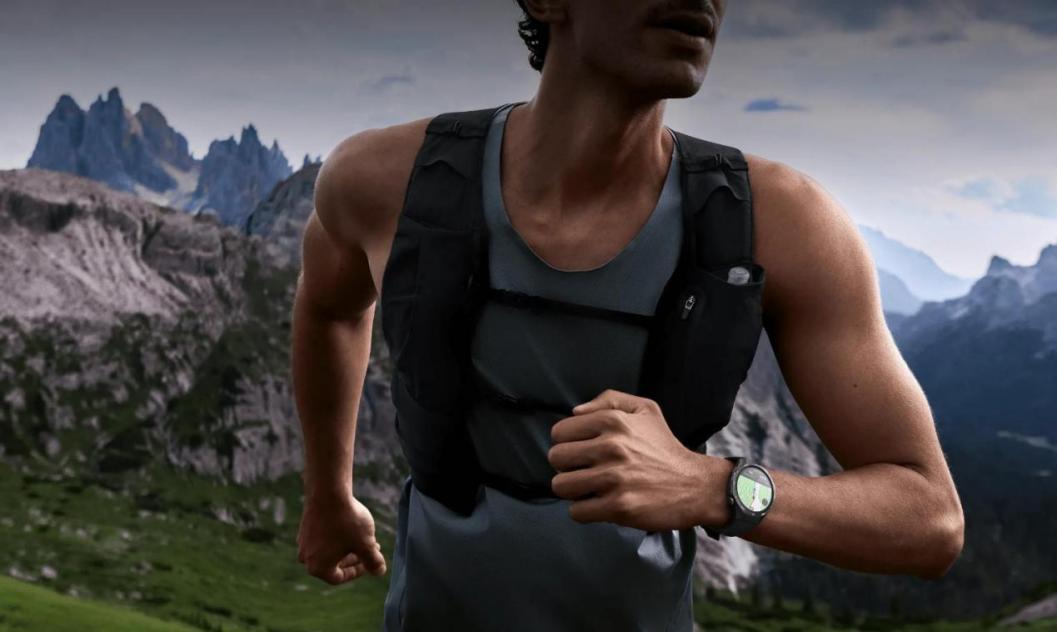What Should Be Noted When Hiking?
Hiking requires thoughtful preparation and continuous awareness to ensure both safety and enjoyment on the trail. Understanding potential challenges and how to address them transforms outdoor experiences from potentially risky ventures into rewarding adventures. This guide covers crucial considerations that span from pre-hike planning to on-trail practices, emphasizing how proper preparation, appropriate gear selection, and mindful hiking habits contribute to successful outdoor experiences. Whether embarking on a short day hike or extended backcountry trek, these principles help hikers of all levels navigate natural environments safely while maximizing their connection with nature and minimizing potential risks.

Pre-Hike Preparation
Trail Research and Planning
Thorough research about your chosen trail establishes the foundation for a safe hiking experience. Study trail maps to understand distance, elevation gain, difficulty rating, and potential hazards like river crossings or exposed sections. Check recent trail condition reports from park authorities or hiking communities for information about closures, obstacles, or wildlife activity. Share your detailed itinerary with someone reliable, including expected return time, trail route, and vehicle information. This preparation ensures you're mentally and physically ready for the trail's challenges and that others can initiate search efforts if you don't return as planned.
Weather and Seasonal Considerations
Weather is a key factor that can elevate your hiking experience, and being well-prepared brings numerous advantages. Before hitting the trail, checking detailed forecasts for your hiking spot lets you anticipate pleasant temperatures, ideal wind conditions, and clear skies, setting the stage for an enjoyable journey. Seasonal beauty also adds to the charm. Spring's snowmelt creates vibrant, flowing streams, while summer offers lush landscapes and warm days perfect for exploration. The smartwatch enhances this further with handy weather alerts and pressure monitoring, keeping you informed on the go.
On-Trail Safety Practices
Navigation and Route Awareness
Maintaining constant awareness of your position and planned route prevents disorientation and potential emergencies. Regularly verify your location using physical landmarks and navigation tools, noting distinctive features that might help retrace steps if needed. Establish turning-around times based on daylight, energy levels, and weather conditions rather than arbitrary destination goals. Modern navigation aids should complement rather than replace traditional map and compass skills, especially in areas with poor satellite reception. This continuous orientation practice ensures you can always return safely regardless of technology failures or changing conditions.
Environmental Hazards and Wildlife
Recognizing and responding appropriately to environmental hazards specific to your hiking area is crucial for safety. Learn to identify dangerous plants like poison ivy, oak, or nettles, and understand how to avoid contact. Watch for unstable terrain including loose scree, slippery roots, river crossings, and steep drop-offs. Understand wildlife protocols for your region—proper food storage in bear country, giving adequate space to animals, and recognizing signs of aggressive behavior. Stay on marked trails to minimize environmental impact and reduce chances of becoming lost while respecting seasonal restrictions that protect wildlife during sensitive periods.
Equipment and Physical Preparedness
Essential Gear Selection
Choosing appropriate equipment significantly enhances safety and comfort on the trail. Footwear should provide adequate ankle support and traction for your specific terrain, while clothing layers must handle expected weather conditions plus unexpected changes. The ten essentials include navigation tools, illumination, sun protection, first aid supplies, repair kits, nutrition, hydration, emergency shelter, fire starters, and insulation. Modern devices like the Huawei Watch GT 6 offer valuable backup functions including navigation assistance and health monitoring, but should supplement rather than replace primary safety equipment. Test all gear before departure to ensure proper operation and familiarity with its use.The huawei watch gt6 pro price is budget-friendly and mirrors its great value for hikers; its benefits lie not only in helping you make the most of favorable situation but also in ensuring a safe and memorable hiking adventure.

Physical Readiness and Pace Management
Matching your hiking plans to your current fitness level prevents overexertion and related injuries. Start with shorter, less strenuous hikes and gradually increase difficulty as your fitness improves. Maintain a sustainable pace that conserves energy for unexpected challenges and return travel, remembering that most incidents occur during descent when fatigue reduces concentration. Drink water regularly to prevent dehydration, and eat snacks frequently to maintain energy levels. Listen to your body's signals—headaches may indicate dehydration, dizziness could signal low blood sugar, and excessive fatigue might suggest overexertion requiring rest or turnaround.
Conclusion
Successful hiking combines thorough preparation with adaptable decision-making and respectful engagement with natural environments. The most important considerations involve understanding personal limits, recognizing environmental risks, and maintaining awareness throughout the entire hiking experience. While modern technology offers valuable assistance, traditional outdoor skills and judgment remain fundamental to safety. Each hiking experience builds knowledge that informs future adventures, creating a continuous cycle of learning and improvement. By embracing these considerations not as restrictions but as enablers of safer, more enjoyable exploration, hikers can confidently experience nature's wonders while minimizing risks. This balanced approach ensures that hiking remains a sustainable activity that provides physical challenge, mental refreshment, and profound connection with the natural world for years to come.
